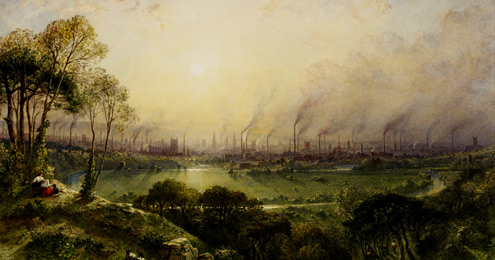Dudváh, Blava a Holeška v Notíciách Nitrianskej stolice (historicko-geografický výskum a environmentálne dejiny)
Blava a Holeška in the Nitra County Notitia (historical and geographical research and environmental history)
Author(s): Peter ChrastinaSubject(s): Regional Geography, Historical Geography, Environmental Geography, Environmental interactions
Published by: SAV - Slovenská akadémia vied - Historický ústav SAV
Keywords: Matthias Bel; Notitia; Nitra County; water streams; Dudváh; Blava; Holeška;
Summary/Abstract: Matthias Bel (* March 1684, Očová – † 29. august 1749, Pressburg/Bratislava) was a polymath, encyclopedist, teacher, evangelical preacher, a pioneer of Slovak Enlightenment, one of Europe‘s most important scientists of the 18th century. The work Notitia Hungariae Novae historico-geographica (Historical and geographical knowledge of the New Hungary, further Notitia) offers a unique view of the status, importance, response and concrete realities counties of Hungary within the Habsburg monarchy. These phenomena are (not only) for scholars from the humanities environment information database through which one can „peek‟ into the geographical, historical and other specifics of the particular counties. The aim of the present study was historical and geographical analysis and interpretation article V. to VII. in fifth paragraph of Natural part of Nitra County Notitia (fig. 1), in which M. Bel described the streams of the Vah River Basin (fig. 2): Dvdvág (Upper Dudváh), Blawa (Upper Blava) and Holeschka (Holeška). In light of the above objective they were conceived research questions: Where stemmed and through which cities specific streams flow? To what extent are the same in real terms by Bel reported Upper Dudváh, Upper Blava and Holeška with today? Can they be based on the description given by Bel creeks and old maps to reconstruct their selected characteristics in the examined area? How these affect contemporary human life? My „probe‟ into the contemporary characteristics of these streams, we realized through critical commentary on the translation of the original text using literature, old maps, the results of field research and own knowledge of the issue (fig. 3 - 9). Paper, which was conducted under the collaboration with historical geography and environmental history is divided into five parts. In addition to the introduction and conclusion of the study represent the core of the Chapter 2 - 4. The second chapter describes the base and methodology of our research. Framework of hydrogeographic characteristics of the particular water streams could be found in the third part. The fourth chapter is devoted to historical-geographical analysis and environmental history interpretation of paragraphs V. to VII. in the fifth part of Natural paragraph „Nitra‟ Notitia.
Journal: Forum Historiae. Časopis a portál pre históriu a príbuzné spoločenské vedy
- Issue Year: 11/2017
- Issue No: 1
- Page Range: 52-64
- Page Count: 13
- Language: Slovak

